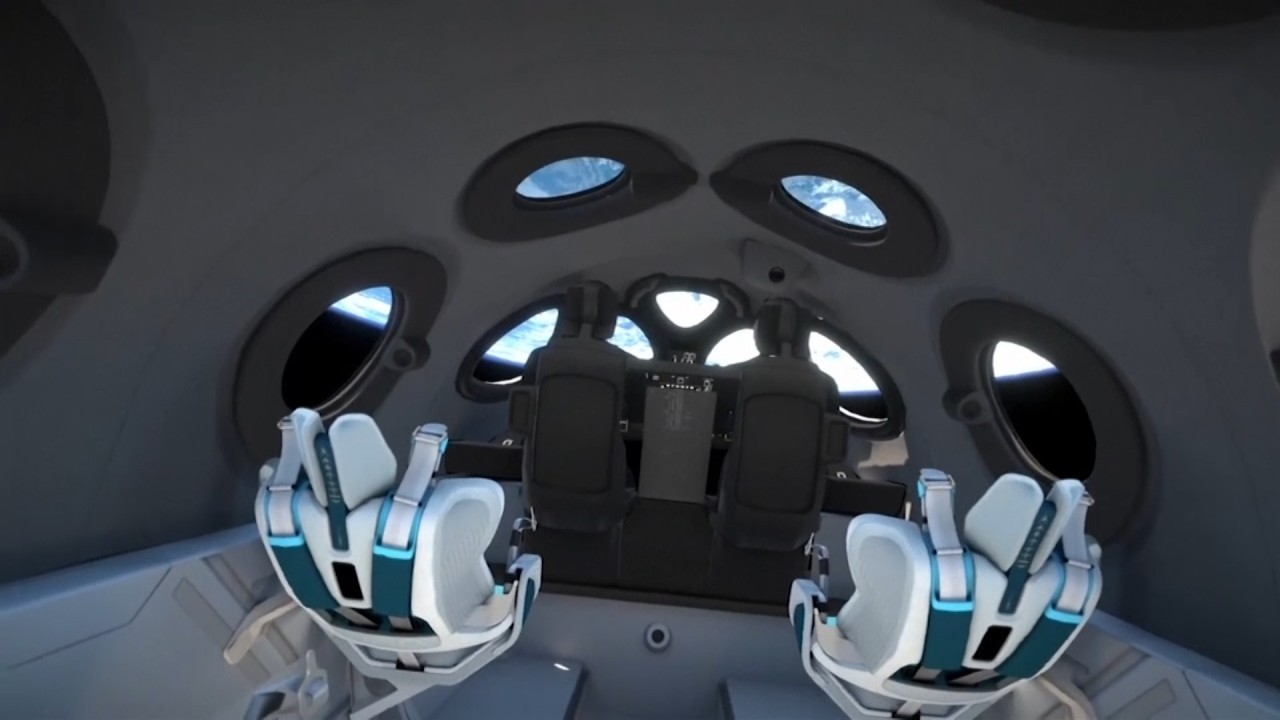Virgin Galactic shows off spaceship cabin fit for the rich
- Virgin Galactic shows off cabin of VSS Unity, which features new custom seats for six passengers
- Tickets cost up to US$250,000 for a 30-minute flight, which includes 15 minutes in zero gravity

When you’re in the space-tourism business, spacious windows are essential. As are ample “astronaut float zones” coupled with a bevy of cameras to supply one’s social media accounts – the better to impress friends.
Virgin Galactic has all these covered in the cabin of its VSS Unity spaceship, which it unveiled Tuesday in a virtual media tour designed to evoke the same upscale aesthetic Virgin Group has pursued for its commercial airlines, airport lounges, hotels and planned cruise line.
Virgin Galactic calls its spacecraft cabin the “centrepiece” of the experience it’s selling for those able to afford tickets that cost upwards of US$250,000. The interior space offers each customer “safety without distraction, quietly absorbing periods of sensory intensity and offering each astronaut a level of intimacy required for personal discovery and transformation”.

01:04
A look inside Virgin Galactic’s commercial spaceship
The company has said it intends to fly its first customers into space later this year. Ahead of that milestone, Virgin Galactic last week installed a Walt Disney customer-experience veteran as its new chief executive and has gradually ramped up marketing efforts to tout space joyrides as the ultimate journey for rich adventure seekers.
“When we created Virgin Galactic, we started with what we believed would be an optimal customer experience, and then built the spaceship around it,” British entrepreneur and Virgin founder Richard Branson said.
The VSS Unity reaches space not from a launch pad, but from a larger aircraft.
At or above 45,000 feet, the carrier plane drops the spacecraft, which then ignites its rocket engine, propelling its two pilots and six passengers to an altitude of more than 110km above the Earth, which according to Nasa, is technically “space”.
